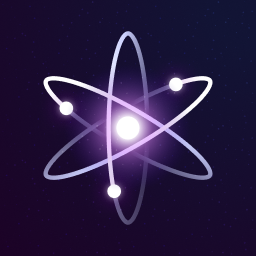1,055 reads
Why are These 4 Cross-Chain DEXs Gaining Traction in Cosmos?
by
February 13th, 2022
Audio Presented by

The open, scalable, and interconnected economy of the future. $ATOM
About Author
The open, scalable, and interconnected economy of the future. $ATOM